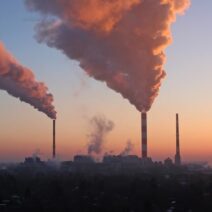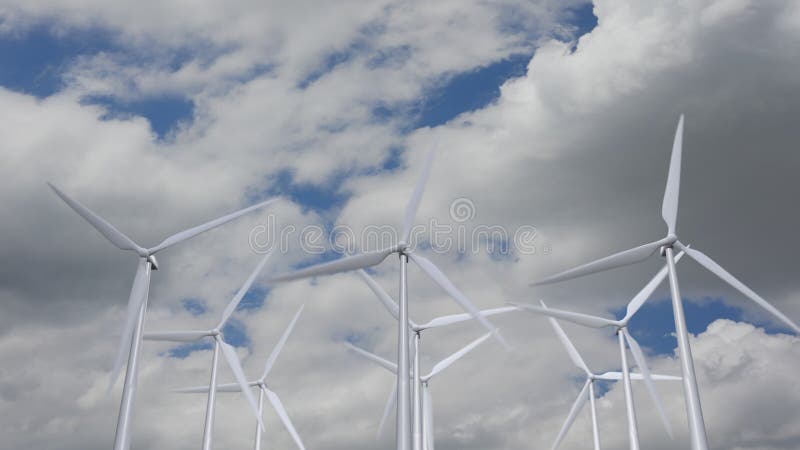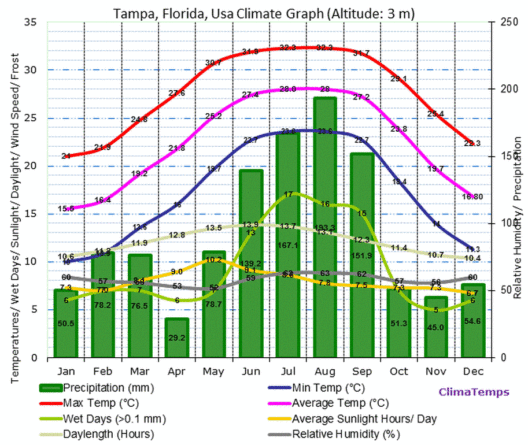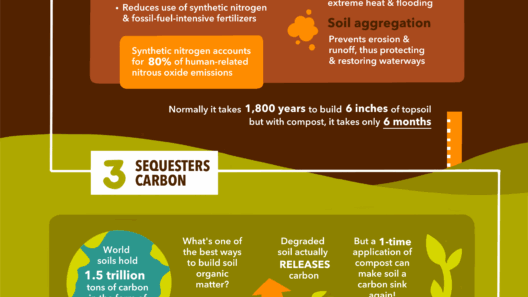Wind turbines stand tall and steadfast, resembling modern-day sentinels keeping watch over the land. Their rotating blades, much like the wings of a giant bird carving through the sky, harness the power of wind, one of nature’s most abundant resources. In the fight against global warming, these machines are not merely energy generators; they represent a fundamental shift in our relationship with the Earth. By converting the kinetic energy of wind into electricity, wind turbines play a pivotal role in reducing greenhouse gas emissions, essential for curtailing climate change.
Firstly, understanding how wind turbines mitigate global warming necessitates a closer examination of the mechanics of climate change. The primary culprit behind rising global temperatures is the excessive accumulation of greenhouse gases in the atmosphere, notably carbon dioxide (CO2) and methane. These gases trap heat, resulting in the greenhouse effect, which can lead to devastating consequences including extreme weather patterns, rising sea levels, and disrupted ecosystems.
Wind turbines offer a powerful antidote to this predicament. By generating electricity without burning fossil fuels, they produce energy that is devoid of carbon emissions. In contrast to conventional power plants that rely on coal, oil, or natural gas, wind turbines operate purely on wind, which is inexhaustible and free. This transformation from carbon-intensive energy sources to renewable wind energy reduces the reliance on fossil fuels, thus breaking the cycle that amplifies climate change.
The impact of wind energy on the reduction of CO2 emissions is profound. According to various studies, the deployment of wind turbines has the potential to displace millions of tons of CO2 each year. When we harness the wind to generate power, we effectively replace a significant portion of the electric grid’s carbon-intensive resources. This shift is akin to replacing an aging, polluting engine with a sleek electric vehicle—both choices underscore the transition toward a cleaner, more sustainable future.
Moreover, as the wind blows, it does not merely spin blades — it catalyzes economic transformation. The burgeoning wind energy sector has become a remarkable job creator, facilitating millions of positions in manufacturing, installation, and maintenance. This shift towards clean energy not only contributes to reducing greenhouse gas emissions but also stimulates local economies, invigorating communities and promoting energy independence. By investing in wind energy, we redirect funds from fossil fuel subsidies into innovative technologies that sustain environmental stewardship and job creation.
However, the role of wind turbines in combating global warming extends beyond mere electricity generation. They serve as a crucial element in a larger ecosystem of renewable energy technologies. When integrated effectively, wind energy can complement solar power, hydroelectricity, and other renewable sources, creating a diversified energy portfolio. This integrated approach enhances resilience against climate fluctuations, ensuring a reliable supply of energy regardless of weather conditions. Just as a symphony requires harmony between various instruments, a successful transition to clean energy necessitates collaboration among diverse energy sources.
Furthermore, the geographical ubiquity of wind stands as one of its most distinctive virtues. Wind energy can be harvested in diverse climates and terrains, from coastal areas where breezes are fierce to the plains where gusts sweep across wide expanses. Unlike fossil fuels, which are often concentrated in specific regions, wind resources are available worldwide. This decentralization of energy generation empowers local communities, equipping them with the tools to control their energy future and reduce dependence on global supply chains that contribute to environmental degradation.
While the potential benefits are substantial, the transition to wind energy is not without challenges. Some critics point to the intermittent nature of wind as a barrier to its widespread adoption. Wind does not blow consistently, leading to fluctuations in energy supply. However, advancements in energy storage technologies, such as batteries and pumped hydro storage, are rapidly addressing these concerns. By harnessing excess energy generated during peak wind conditions and storing it for times of lower production, we can stabilize the energy grid and ensure uninterrupted power supply. It is a dance of give and take, where patience and technology collaborate to create harmony.
Another concern often raised pertains to the environmental impact of wind turbine installations. While the landscape of turbines can alter rural vistas, the overall footprint is minimal when juxtaposed with the environmental degradation associated with fossil fuel extraction and combustion. Moreover, ongoing research and technological innovations are focused on reducing impacts on wildlife, particularly avian populations. Solutions such as strategic siting, advanced blade designs, and radar technology are being employed to mitigate potential hazards, emphasizing our commitment to coexistence with the natural world.
In conclusion, the impact of wind turbines in addressing global warming is multifaceted and profound. By providing a clean, renewable source of energy, they not only facilitate a decrease in greenhouse gas emissions but also nurture economic development, empower communities, and contribute to an integrated energy landscape. As we stand at the precipice of a climate crisis, the adoption of wind energy is not merely an option; it is a necessity. In this intricate web of environmental stewardship, wind turbines emerge as stalwart champions—guardians of our planet’s future, harnessing the very breath of nature to forge a sustainable path forward.








